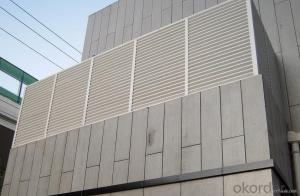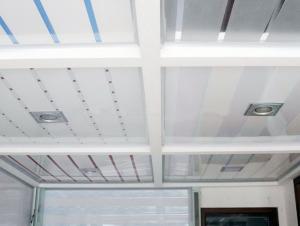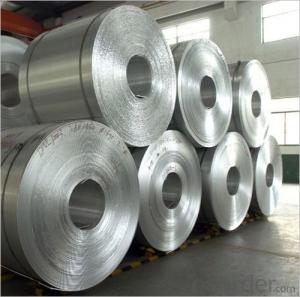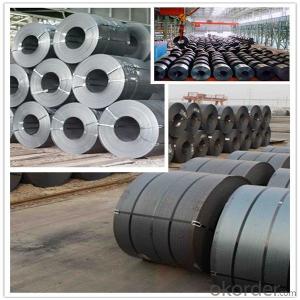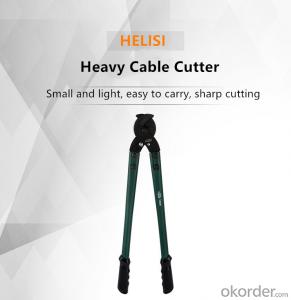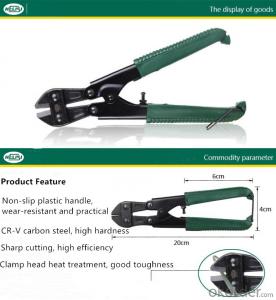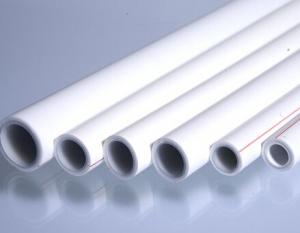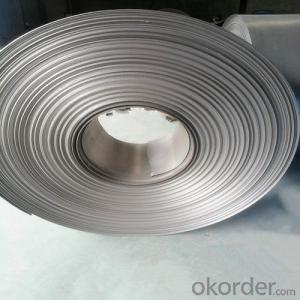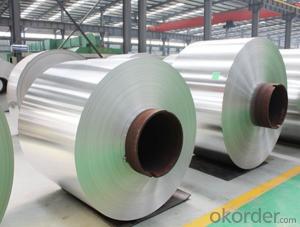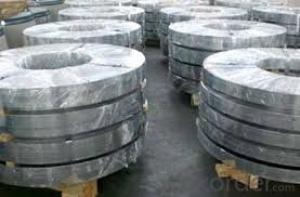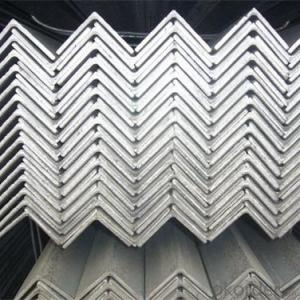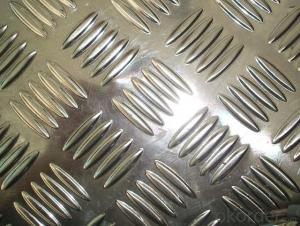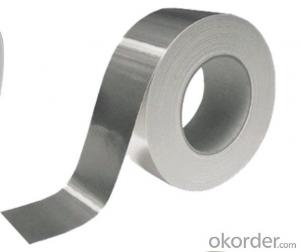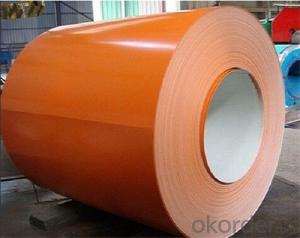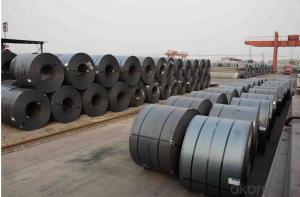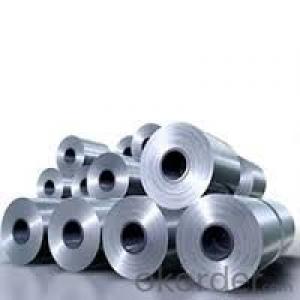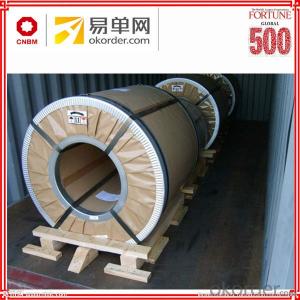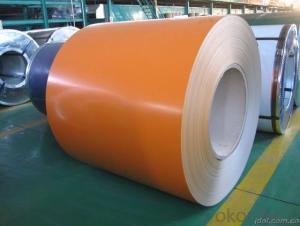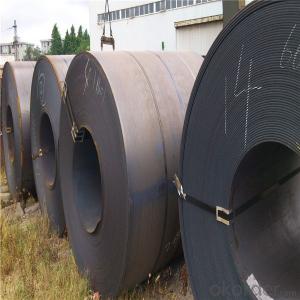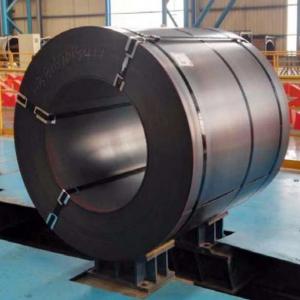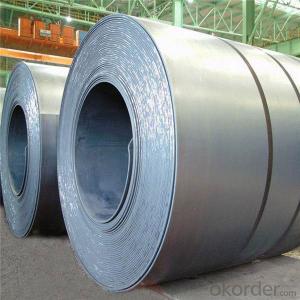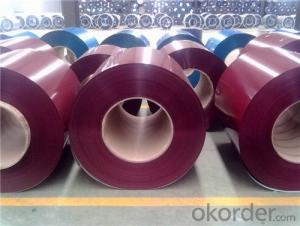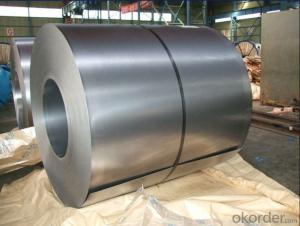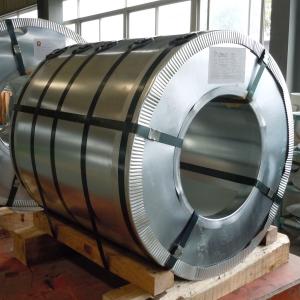Hrc Hot Rolled Coil
Hrc Hot Rolled Coil Related Searches
Hot Water Bags For Pain Relief Micro Inverter For Solar Panel Stainless Steel Bucket With Lid Hot Water Bottle With Hose Solar Panel With Ac Inverter Solar Panel With Inverter Kit Solar Panel Kits With Inverter Inverter With Solar Panel Aluminum Sheet With Holes Cover Ham With Aluminum FoilHot Searches
Steel Mesh Panels For Sale Stainless Steel Tank For Sale Stainless Steel Sheets For Sale Cheap High Tea Sets For Sale Stainless Steel Tanks For Sale Stainless Steel For Sale High Density Fiberboard For Sale Solar Hot Water Collectors For Sale Scaffolding For Sale In Uae Scaffolding For Sale In Ireland Scaffolding For Sale In Houston Price Of Shipping Containers For Sale Used Solar Inverter For Sale Portable Led Signs For Sale Stone Hot Water Bottles For Sale Aluminum Coil Stock For Sale Large Led Screens For Sale Aluminum Gutter Coil For Sale Used Aluminum Scaffolding For Sale 1/4 Aluminum Plate For SaleHrc Hot Rolled Coil Supplier & Manufacturer from China
Okorder.com is a professional Hrc Hot Rolled Coil supplier & manufacturer, offers integrated one-stop services including real-time quoting and online cargo tracking. We are funded by CNBM Group, a Fortune 500 enterprise and the largest Hrc Hot Rolled Coil firm in China.Hot Products
FAQ
- The stainless steel drinking fountain had a little acid on it and rusted. I need to restore it. Is this possible?
- Stainless steel doesn't rust, whatever acid you got on it was some pretty bad stuff to make a reaction like that, you can try sanding down past the reaction point and polish it out but that's about it, that or it wasn't stainless to begin with. if its brushed chrome to simulate stainless it would have to be replated, not cheap. and probably not worth it
- Steel coils are priced based on various factors such as the current market demand and supply, raw material costs, production and operational expenses, transportation costs, and other market dynamics. Additionally, factors like quality, specifications, and any additional processing or customization required can also influence the pricing of steel coils.
- Yes, steel coils are typically resistant to rust and corrosion due to their protective coating or treatment that prevents the steel from coming into direct contact with moisture or oxygen.
- Steel coils are typically packaged for shipment by being tightly wrapped in protective materials such as plastic or steel strapping. They are then secured onto pallets or placed into steel crates, ensuring stability during transportation. The packaging helps to prevent damage, corrosion, and movement during handling and transit.
- A combination of factors contributes to the corrosion resistance of steel coils, including the presence of protective coatings, the utilization of corrosion-resistant alloys, and the implementation of proper handling and storage practices. Galvanization, which involves the application of zinc coatings, is the most common method employed to prevent corrosion in steel coils. This process establishes a barrier between the steel and its surroundings, effectively shielding it from moisture and corrosive elements. The zinc coating acts as a sacrificial layer, taking the brunt of the corrosion instead of the steel itself. Another approach to enhance corrosion resistance entails the use of corrosion-resistant alloys. These alloys are specifically designed to endure harsh conditions and are composed of elements like chromium, nickel, or molybdenum. Upon exposure to the environment, these alloys form a passive oxide layer on the surface of the steel, serving as a protective shield against corrosion. In addition, proper handling and storage practices are crucial in preventing corrosion. It is important to store steel coils in dry and well-ventilated areas to minimize contact with moisture. Care must also be taken to avoid contact with other metals and materials that could result in galvanic corrosion. Regular inspections and maintenance are essential for promptly identifying and addressing any signs of corrosion. In conclusion, the resistance of steel coils to corrosion is achieved through the implementation of protective coatings, the utilization of corrosion-resistant alloys, and the application of proper handling and storage practices. By employing these measures, the longevity and durability of steel coils are ensured in diverse environments.
- The potential dangers of handling steel coils include the risk of injuries due to their heavy weight and sharp edges, the possibility of crushing accidents or being struck by falling coils, and the potential for back or muscle strain from manually lifting or moving the coils.
- Stainless steel coil is highly valued in numerous industries for its long-lasting nature, ability to resist corrosion, and attractive appearance. One of its most frequent uses occurs in the manufacturing and construction fields, where it is employed in the creation of a wide array of products such as kitchen appliances, cutlery, automotive components, and architectural structures. Its resistance to corrosion makes it especially suitable for applications that necessitate protection against moisture, chemicals, and harsh environmental conditions. Moreover, the strength and ability to withstand high temperatures make stainless steel coils well-suited for use in industrial equipment, heat exchangers, and piping systems. Furthermore, the sleek and contemporary look of stainless steel is often preferred in the design and production of consumer goods like furniture, jewelry, and decorative items. In summary, stainless steel coil is a versatile material that is extensively utilized in a variety of industries due to its exceptional mechanical properties, ability to resist corrosion, and its versatility in terms of appearance.
- How to solve steel plate storage
- The warehouse temperature should be constant, prevent the occurrence of condensation, a horizontal steel coil to pile up, forced to pile up, in contact with each other at the coil not binding belt lock, steel roll room felt material, narrow roll on wide roll, roll on roll light. In order to facilitate the lifting, the steel coil and the wall should be kept a certain distance.
